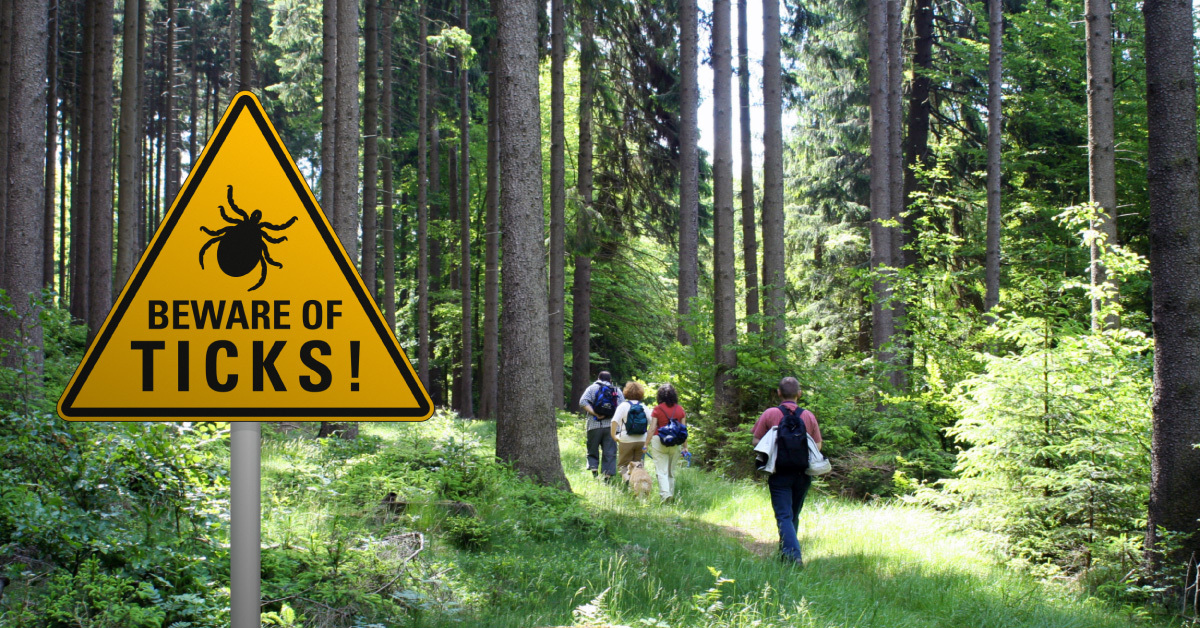Children and Lyme Disease

Each year, about 476,000 Americans, including both adults and children, are believed to be affected by Lyme disease. Although it can be treated effectively if detected early, it often goes unnoticed for years. If left untreated, Lyme disease can cause long-term and serious symptoms that impact the heart, joints, and nervous system. Hence, parents should know how to identify and prevent Lyme disease.
Keep reading to gain a better understanding of Lyme disease and learn how to respond if you suspect your child has been infected.
Lyme disease: what is it?
Lyme disease is an infection caused by a specific type of bacteria that spreads through the bite of a tick known as the blacklegged tick. Typically, this infection happens during the spring and summer months, and identifying it can be challenging because ticks are small, measuring only about the size of a poppy seed. Additionally, ticks tend to attach themselves to hard-to-see areas of the body.
Symptoms of Lyme disease in children
In children, the primary indication of Lyme disease is the distinctive bullseye-shaped red rash, which can appear within days of a tick bite from an infected tick. While the rash itself is normally not painful, children may experience flu-like symptoms, such as fever, headaches, exhaustion, muscle soreness, and joint pain. As time goes on, the rash may grow larger, and the infection may spread to other regions of the body. Advanced stages of Lyme disease may result in the following symptoms:
- Facial palsy
- Severe headaches
- Nerve pain
- Heart issues like palpitations
- Weakness
- Memory problems
- Joint pains
Without proper treatment, these symptoms can persist for months or even years, so it’s highly important to seek prompt medical attention if you notice symptoms or suspect that your child has been bitten by a tick. The earlier the treatment starts, the less likely your child is to experience severe complications.
How to test for Lyme disease in your child
If your child has been spending time outdoors in a wooded or grassy location and is displaying a circular rash, we recommend that you take them to a doctor. If the symptoms are severe, you should take them to your nearest Physicians Premier facility. Our caring, skilled medical team will evaluate your child’s symptoms and determine the probability of exposure to ticks.
At this point in the infection, it is possible that the child may not have developed antibodies that would be evident in a blood test, so the diagnosis of Lyme disease is based on the tick bite and the presence of a rash. However, if you take your child to the doctor several weeks after the infection has started, a blood test will normally be used to confirm the diagnosis.
In the case of children with early-stage Lyme disease, the typical course of treatment involves a two-week regimen of antibiotics. However, if the infection has advanced and affected the nervous system by the time of treatment, a more extended course of antibiotics administered intravenously may be necessary for your child.
How to avoid Lyme disease
Fortunately, there are ways you can protect your family from Lyme disease. Consider these ways to avoid it.
- Avoid areas where ticks live
- Wear light-colored clothing
- Dress in long pants and long sleeves
- Use insect repellant
- Check for ticks
- Shower after spending time outdoors
Emergency treatment for insect and tick bites
In the event that your child displays severe symptoms following a tick or other insect bite, such as headaches, dizziness, rapid heartbeat, fever, or chills, it is important to seek immediate medical attention by taking them to the nearest emergency room for treatment.
Physicians Premier has eight convenient locations and has extensive skill and experience in dealing will all kinds of pediatric emergencies. With comfortable private rooms and short wait times, Physicians Premier is a comforting choice for families with young patients in a medical emergency. Find your nearest Physicians Premier facility here.
Sources:
“How many people get Lyme disease?” Centers for Disease Control and Prevention, https://www.cdc.gov/lyme/stats/humancases.html
“Signs and Symptoms of Untreated Lyme Disease,” Centers for Disease Control and Prevention, https://www.cdc.gov/lyme/signs_symptoms/index.html
“Lyme Disease in Children,” Children’s Hospital of Philadelphia, https://www.chop.edu/conditions-diseases/lyme-disease-children
“Prevent Lyme Disease,” Connecticut State Department of Public Health, https://portal.ct.gov/DPH/Epidemiology-and-Emerging-Infections/Prevent-Lyme-Disease


